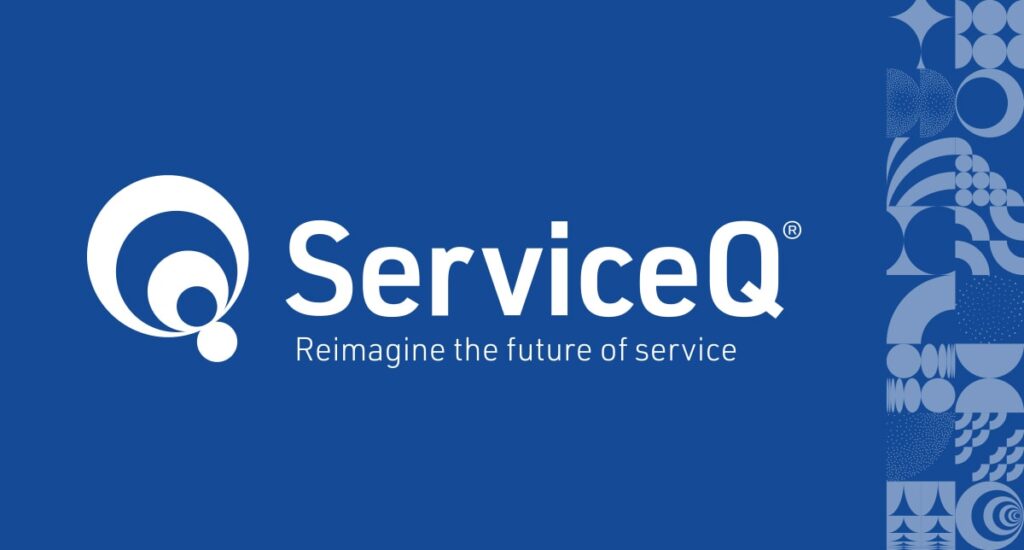Want to build a better service culture? It might be time to start an office book club.
When I was young, I always had my nose in a book. People described me as being lost in my own world. Yet later I built two successful careers that depended on my ability to connect with strangers and quickly build trust and rapport. As an introvert, how did I hone these relationship-building skills? Well, all those novels might have helped…
In his book Curious journalist Ian Leslie discusses the work of researchers who have found that your dog-eared copy of The Great Gatsby might literally change your mind! For example, psychologist and researcher Raymond Marr looked at a number of brain studies and concluded that there is an overlap between the neural networks you use to understand stories and the ones that help you sympathise and feel more connected.
According to the studies, as you go on quests with Frodo in Lord of the Rings or wonder if Shakespeare’s Hamlet really has gone mad, you are picking up clues about how to interpret emotions, see hidden motives, and assess intentions. And your brain integrates that information to help you navigate your own life adventures.
Building on Marr’s work, later studies found that people performed better on tests of emotional and social intelligence after reading fiction. And it doesn’t matter if it’s War and Peace or Sex and the City. Learning to interpret the motives of characters in books primes you to pick up on more of the social cues you are getting from people you meet every day.
And picking up on social cues can make all the difference in those tricky customer service moments. Because telling the customer you know how they feel can sound like a scripted line and make the situation worse. Customers need to believe that you can step into their world and see the problem through their eyes.
To- build a stronger team or better service culture, team leaders often turn to non-fiction resources like self-help books or TED Talks. And those are great for new information or specific strategies. That’s why we use customer service expert Jaquie Scammell’s book Service Habits as part of our core curriculum. It’s full of relevant studies and practical tools. But throughout the book Jaquie weaves in stories from books, movies, and television. When we teach service habits, we see people connect with the characters in the stories. As a result, they connect with more parts of themselves. And that shift in perspective helps them bring more to every conversation with colleagues and customers.
As a customer service leader, can you structure team activities that integrate information and imagination? Can you get the team together to read or watch something and then chat about the storylines and characters? This accomplishes a few things. It’s a chance to talk about something other than work. It’s a chance to hear how different people interpret the same story. And the research says it’s building the neural networks that help you connect with customers to deliver great service.
